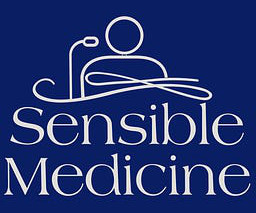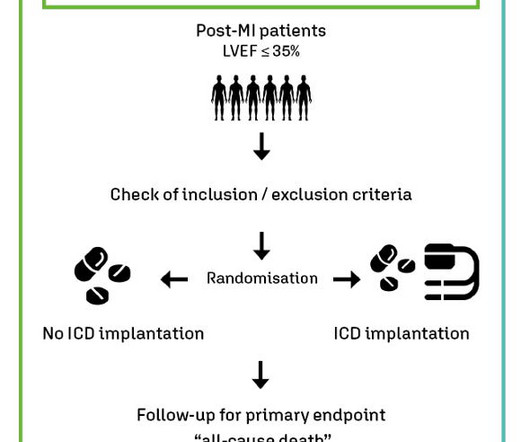Publication Bias and Therapeutic Fashion
Sensible Medicine
OCTOBER 21, 2024
It showed that the common practice of using drugs to suppress rhythm disturbances (anti-arrhythmics) in patients after heart attack (myocardial infarction) led to higher death rates. CAST shocked the world of cardiology because suppression of rhythm disturbances after MI had been an accepted practice. But our belief was wrong.











Let's personalize your content